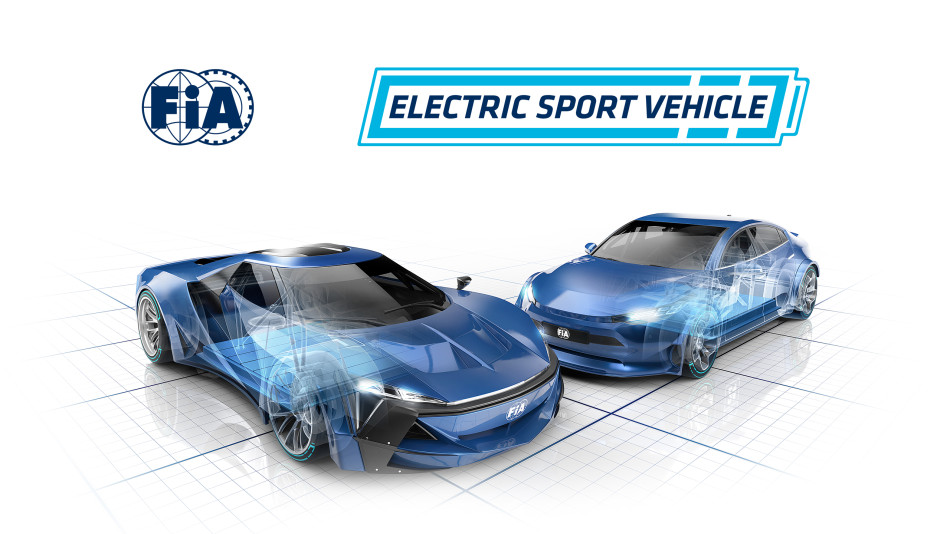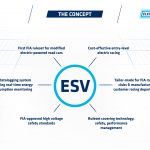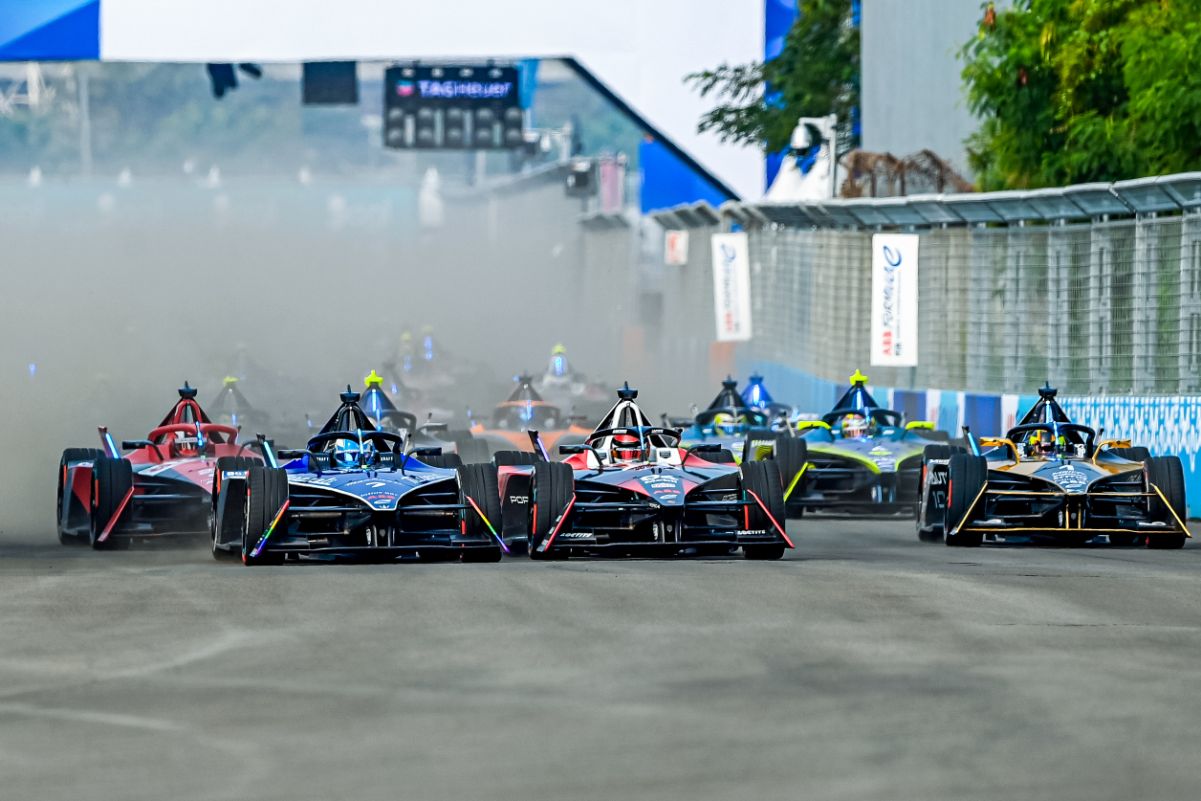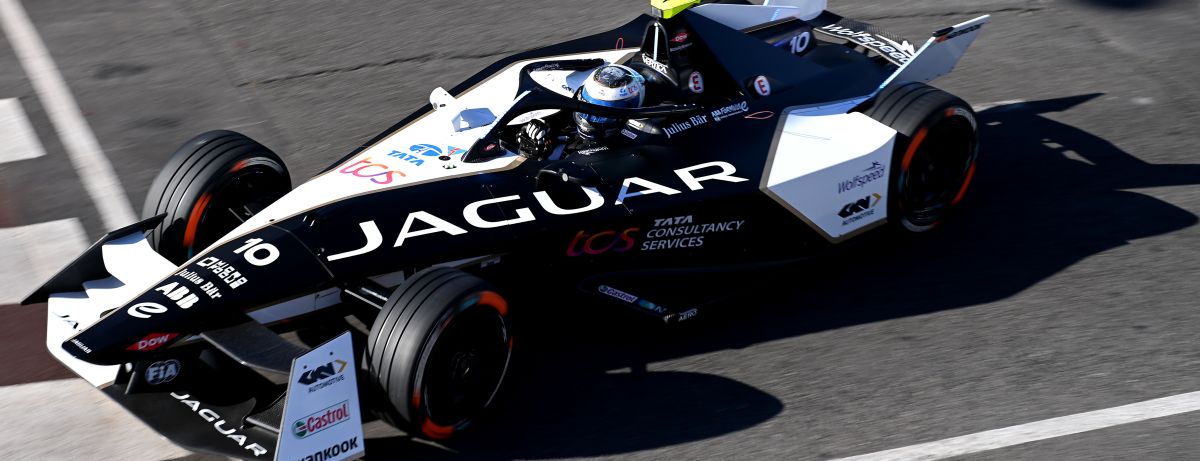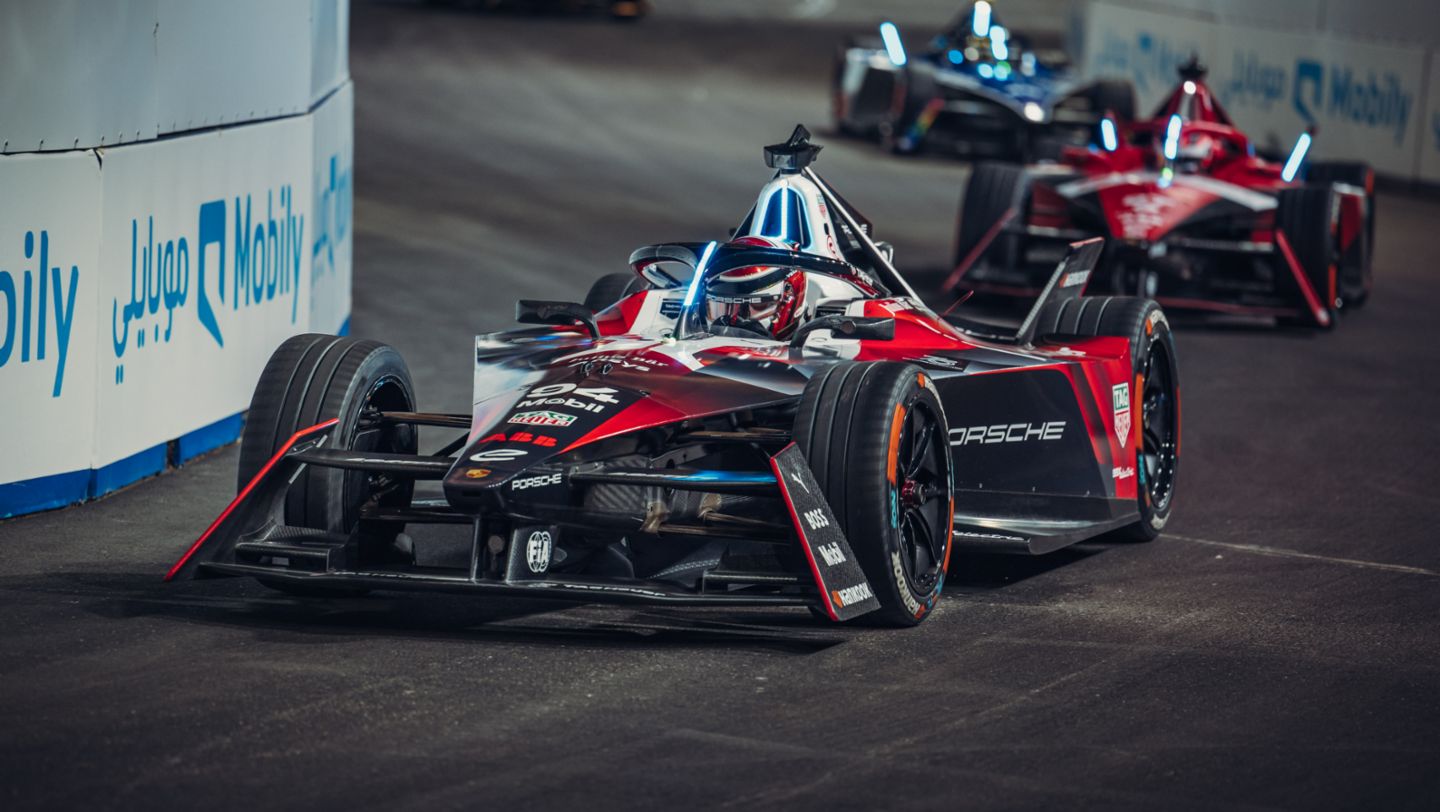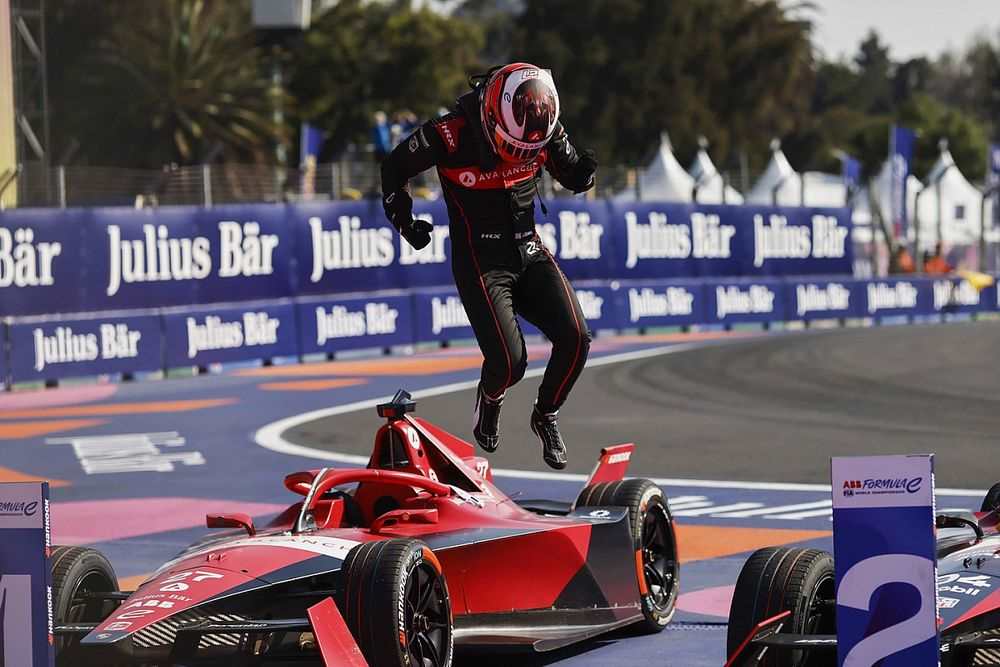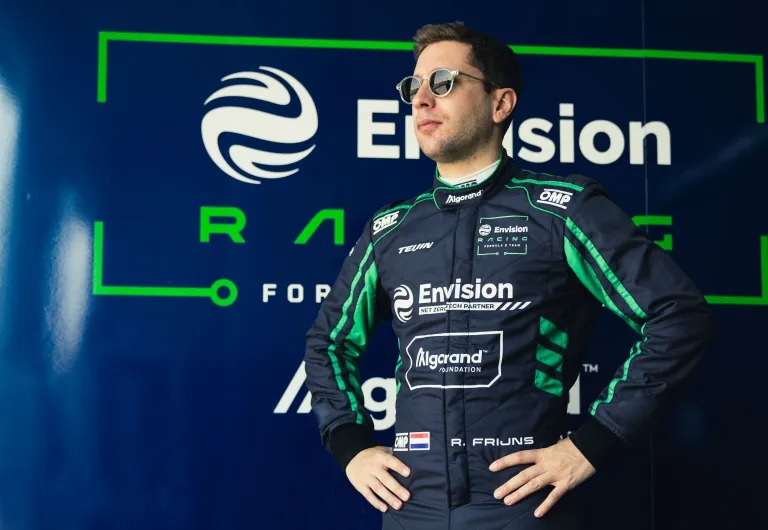The Fédération Internationale de l’Automobile (FIA) has implemented a fresh set of regulations, known as FIA Electric Sport Vehicles (FIA ESV), with the aim of promoting affordable electric vehicle competitions at national and regional levels. These regulations establish standardized specifications for racing electric cars, emphasizing minimal adaptations from their road-going production models. By focusing on touring car-style vehicles rather than prototypes specifically designed for racing, the FIA aims to differentiate the ESV series from established motorsports like Formula E and Extreme E.
According to the FIA’s technical regulations for ESV, the overall body shape of the cars must largely remain unchanged, except for extending the wheel arches to accommodate wider racing tires and incorporating additional cooling ducts. To reduce weight, certain body parts such as the tailgate, doors, rear wing, and diffuser can be substituted with lightweight equivalents while maintaining their original shape. The vehicle’s height is capped at a maximum of 1.46 meters, prioritizing this parameter over whether it is a coupe or a sporty saloon.
Credit: Monza Circuit Hosts Historic European Debut of Indy Autonomous Challenge
The minimum power requirement for ESVs has been set at 300 kW, offering the flexibility of both rear-wheel drive and all-wheel drive configurations with an additional electric motor on the front axle. Furthermore, the vehicles will feature a standardized FIA data logging system, enabling real-time monitoring of energy consumption upon request by the respective racing series.
While the recent announcement lacks detailed information about battery and charging systems, it emphasizes safety-related provisions. ESVs must incorporate a safety light system, similar to those already employed in other competitions for electric and hybrid vehicles. This system entails a clearly visible signal lamp that indicates whether the vehicle’s electrical system is safe in case of an accident and whether rescue workers can safely interact with the car without the risk of electrocution.
Due to the extensive variety of eligible base models for race cars under ESV regulations, the FIA plans to introduce a “performance factor methodology.” This methodology will enable organizers to categorize cars based on their performance level. Consequently, a 300 kW electric sedan (e.g., based on the Tesla Model 3) theoretically has the opportunity to compete against a pure sports car generating 1,000 kW or more, such as the Lotus Evija or a potential production version of the Porsche Mission X. The Performance Factor will assign a value to each car based on various measured parameters like weight, drive unit and aerodynamic performance, as well as transmission and chassis characteristics. This methodology aligns with the existing “Balance of Performance” system in internal combustion racing series, which aims to equalize different production cars.
Credit: Nick Cassidy Triumphs in Portland ePrix, Takes Formula E Championship Battle Down to the Wire
Marek Nawarecki, FIA Director of Circuit Racing, expressed the organization’s commitment to supporting member clubs, local organizers, and promoters, stating, “As the governing body of world motorsport, our responsibility is also to ensure that our knowledge and expertise are available.” Nawarecki believes that the FIA ESV concept revitalizes the spirit of Group N, where vehicles purchased from dealerships, equipped with necessary safety features, were essentially competition-ready and adaptable to various disciplines and formats.
Lutz Leif Linden, President of the FIA’s GT Commission, sees a potential business opportunity for manufacturers through factory conversions of electric race cars. He states, “The FIA ESV ruleset very much responds to the demands of the market. Having this set of technical regulations will allow the manufacturers’ customer racing departments to offer competition-ready variants of their electric cars, which should be a considerable source of revenue for them, much like GT3 is. It can even open the door for them to create their own one-make series.”
With the introduction of the FIA ESV regulations, the future of low-cost electric vehicle competitions appears promising, as manufacturers and racing enthusiasts alike embrace this new chapter in motorsport.

